Japan is a country steeped in rich culture and traditions, with loads of exciting places to explore and cultural experiences to take part in. With these traditions (and a culture which may be very different from what you’re used to), it’s essential to familiarise yourself with some basic etiquette that you’ll likely have to display to show respect to Japanese locals. Check out our guide to being a respectful tourist in Japan.
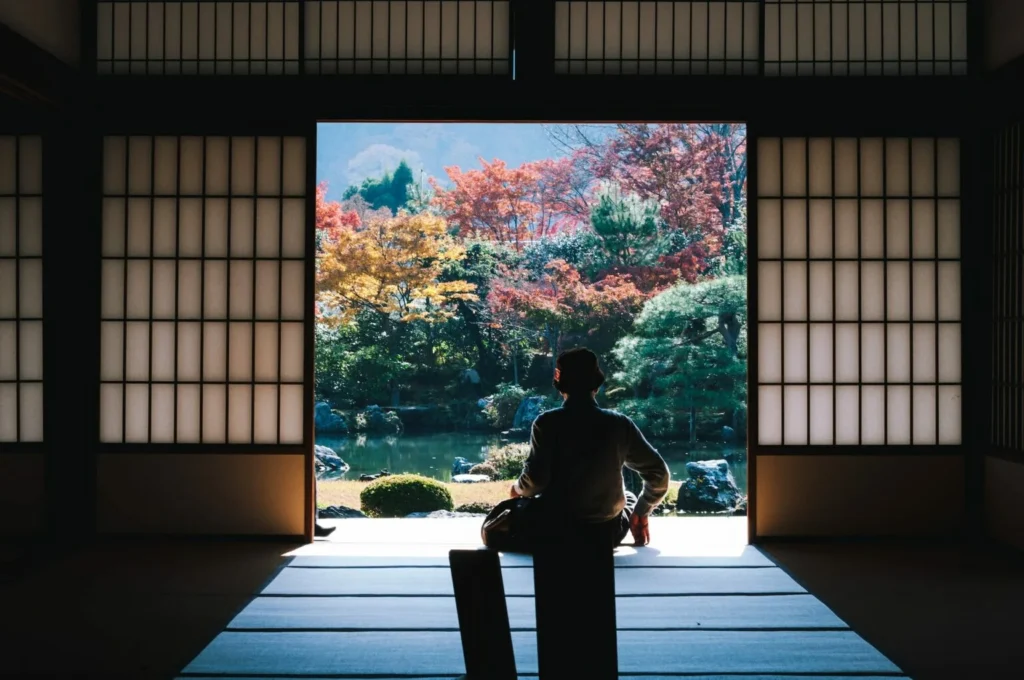
1. Never litter
Take your rubbish home with you
Obviously, you shouldn’t litter anywhere you travel in the world, but in Japan littering is not something that’s looked upon kindly at all. You’ll notice the spotless Japanese streets during your travels, where not littering has become an important part of Japanese culture. Respect towards Japanese public spaces should be reciprocated by all who come to visit this country. You’ll notice that there are few (if any) public bins in Japan, where locals tend to take their rubbish home with them.

2. Eating while walking
Eating while walking is also frowned upon in Japanese public places
If you want to take a bite of that sandwich you just bought, make sure you stop to eat it, don’t go about dropping crumbs all over the pavement – you’ll get some serious side-eye from the locals. Respect public spaces by keeping them clean and tidy and you’re well on your way to becoming a respectful tourist.
3. Keep your phone on silent
…and don’t take calls on the train
Travelling by train in Japan is all about showing respect to fellow travellers. Sure, we’ve all seen those videos of rail workers shoving people onto trains during rush hour, but when you’re on the train, you need to make sure that you’re following some basic etiquette to make the journey pleasurable for everyone.
When travelling by train, talking loudly and using your phone for calls is considered rude. Make sure you use headphones when consuming media on your handheld device, and if you must talk with other travellers, do so quietly. If you have to use your phone for calls, head to a dedicated area for making phone calls on board your train. Feel free to use your phone for texting, web browsing, or any other activities, so long as it doesn’t create any loud noise.
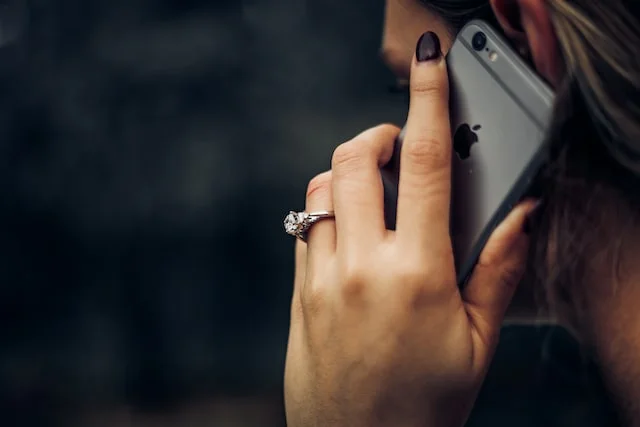
4. Chopstick Etiquette
Using chopsticks properly in Japan is important to showing respect
You should only ever rest your chopsticks across your bowl or up on a chopstick rest when you eat in Japan. Never place your chopsticks upright in your bowl, and never pass food between pairs of chopsticks. Why? Chopsticks play a role in Japanese funerals. Leaving chopsticks upright in a bowl is how rice is prepared to be offered to the deceased, while passing food between each other with chopsticks resembles how ashes are moved around during funerals. It may offend some people if you treat your chopsticks in this way, so please respect local culture and be careful how you use your utensils when eating.
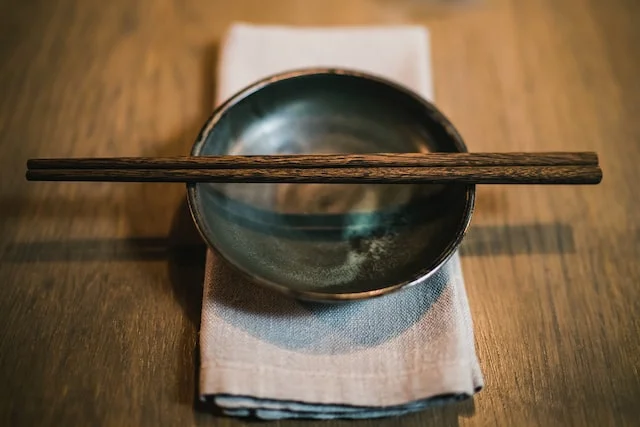
5. Don’t tip at restaurants
Tipping is not considered necessary in Japan
Tipping varies by country, and in Japan it’s practically unheard of. In fact, you’ll likely offend someone if you try to tip them. Here it is accepted that the service is included in the price you pay for your food, and therefore tipping is not required. In fact, a tip will likely be refused as there is no need for it – it’d be rude to take extra money considering you’ve already paid for the service! It may seem weird to not want to show your gratification for a great meal with a little gratuity, but it is not expected, so put your change away and save it for a watermelon Fanta from a nearby vending machine!
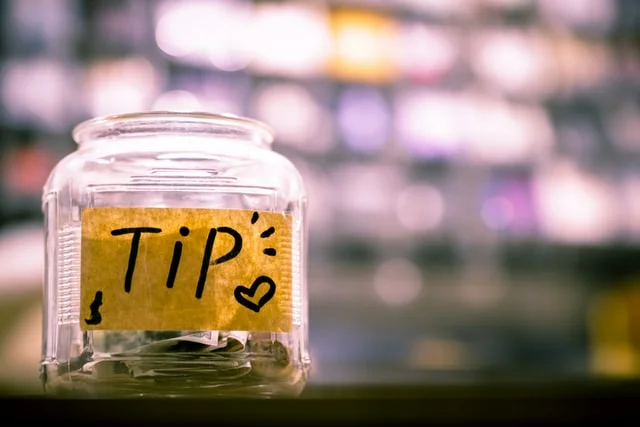
6. Take off your shoes
…when entering certain indoor spaces in Japan
Not wearing shoes inside is a Japanese custom that must be respected by tourists. When you enter a Japanese indoor space where wearing outside shoes is a no-no (interestingly, some schools fall under this), you should change out of your outdoor shoes into slippers or barefoot. The main reason for this is cleanliness – not dragging the dirt from outside into the house.
It’s this way because the Japanese traditionally ate meals sitting on tatami mats and slept on futon mattresses which are close to the floor. Showing this respect when entering someone’s house is key to make sure you don’t upset the locals in Japan. It can be a little more complicated than just taking your shoes off in some settings, so if you want some more information, check out this article.
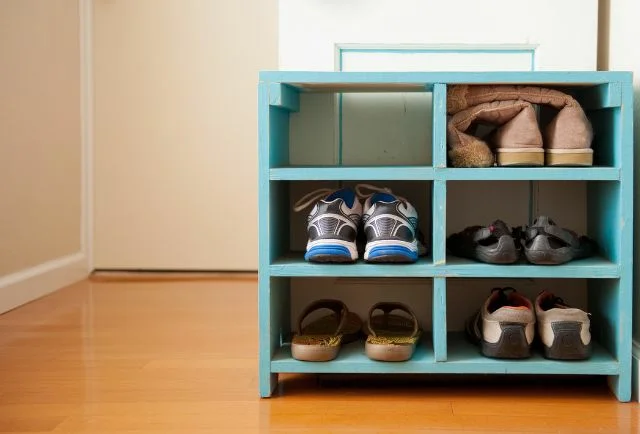
7. Show respect in shrines, temples, and other holy sites
Follow some basic etiquette tips to make sure you’re respecting Japanese traditions in temples
When you enter a temple, you may be required to take off your shoes (see point 5), so make sure you’re wearing clean socks, and you’ll have to remove your hat if you’re wearing one. Avoid taking photos inside temple buildings, it’s usually forbidden, so respect traditions and leave the Instagram story to the temple grounds (where photography is usually allowed).
As for shrines, it’s again all about respect, so behave calmly and respectfully. Use the purification fountain at the entrance to the shrine, where you should wash your left then right hand, before rinsing your mouth and spitting the water beside the fountain.
While it may seem an inconvenience, and is often forgotten by tourists, it’s a good idea to do this to show respect for local customs and traditions. The key with shrines and holy sites is to follow instructions and show respect when exploring these incredible places. If you follow these traditions, you’ll also find that you’re enjoying a more authentic experience.
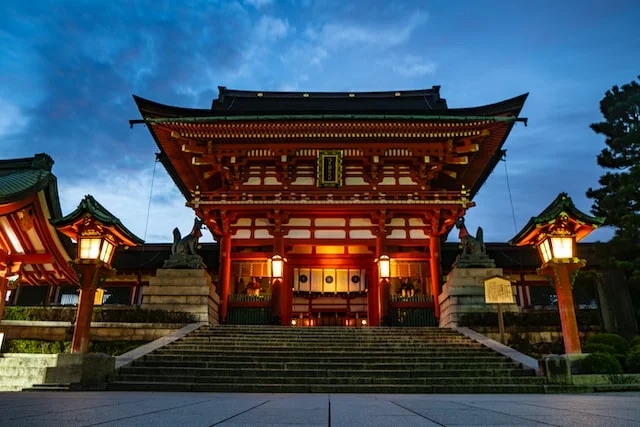
So there you have it. Our top tips for surviving basic Japanese etiquette. Clearly there’s a lot more to Japanese traditions than those mentioned in this article, but with these tips you’ll be well on your way to avoiding any cultural faux pas while showing respect for the locals in Japan.





